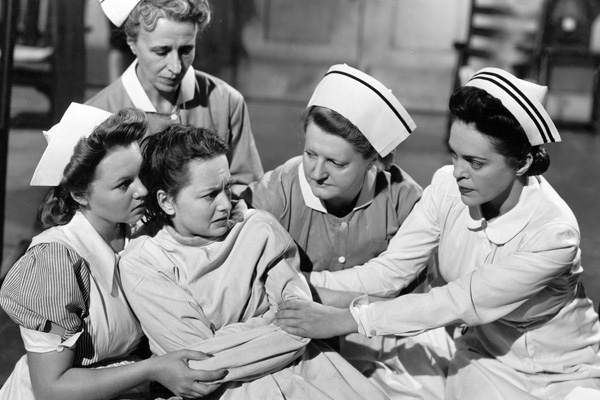IT’S INSANE –
May 25, 2021 – One popular explanation blames “deinstitutionalization”: the emptying of state psychiatric hospitals that began in the 1950s. When the hospitals were shut down, the story goes, patients were discharged with no place to get psychiatric care. They ended up on the streets, eventually committing crimes that got them arrested. As a result, jails and prisons essentially became the new asylums. It’s an idea with roots in a theory developed in the 1930s by a British psychiatrist, Lionel Penrose, who argued that there was an inverse relationship between the number of people held in prisons and those in asylums. Today, the “Penrose hypothesis” is largely regarded by scholars and historians as an oversimplification of the problem, yet variations of it are regularly repeated in the media. The truth is far more complicated. The first psychiatric hospital was established in 1773, but asylums were few and far between until the mid-1800s. In 1841, a former schoolteacher named Dorothea Dix visited a Massachusetts jail to teach a Bible class. She was appalled to find it filled with people with mental illness, living in horrific conditions; traveling around the country, she found similar conditions in other jails. Residents were kept in “cages, closets, cellars, stalls, pens!” she later wrote in a letter to the Massachusetts legislature. “Chained, naked, beaten with rods, and lashed into obedience!” She started lobbying states to create asylums, and eventually she helped establish or expand more than 30 institutions. Many more were created in the decades that followed; by the height of institutionalization in 1955, roughly half a million people were living in state-run psychiatric facilities.
These were designed to be safe, therapeutic places where people with mental illness could live quality, productive lives. Occasionally, they succeeded. Some self-sufficient asylum communities provided both employment and sustenance for residents: small-scale agricultural production, laundries, and bakeries.
But as more patients were moved into these institutions, the facilities quickly outgrew their capacity, and staff struggled just to keep up with patients’ needs. When a public psychiatric hospital in Worcester, Massachusetts, opened in 1833, for example, it had 120 beds. Just 13 years later, it had almost 400. The problem grew significantly worse during World War II, when many doctors and other staff were drafted, leaving the hospitals dangerously understaffed. The resulting conditions looked remarkably similar to those seen in jails and prisons today. This was the beginning of the end for the state hospital system—but other factors sped it up. In 1954, the FDA approved the use of the antipsychotic drug chlorpromazine—also known by its trade name, Thorazine—to treat mental illnesses like schizophrenia and bipolar disorder. Its apparent ability to control psychosis—combined with a heavy marketing campaign that made it one of the first blockbuster drugs—helped promote the notion that mental illness could be cured with medication. Specialty inpatient psychiatric hospitals would no longer be needed because patients would no longer need the kind of intensive care they promised to provide.



